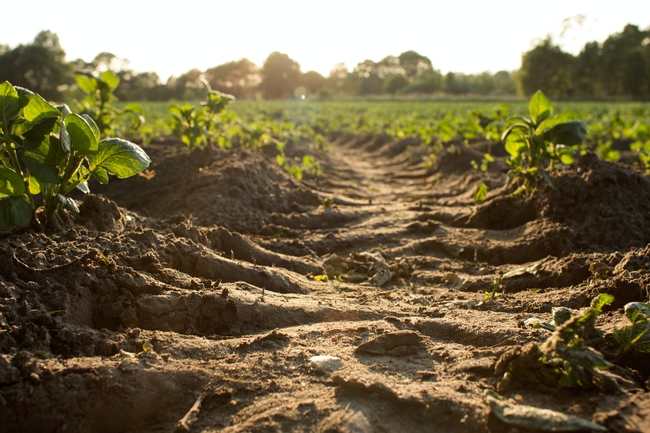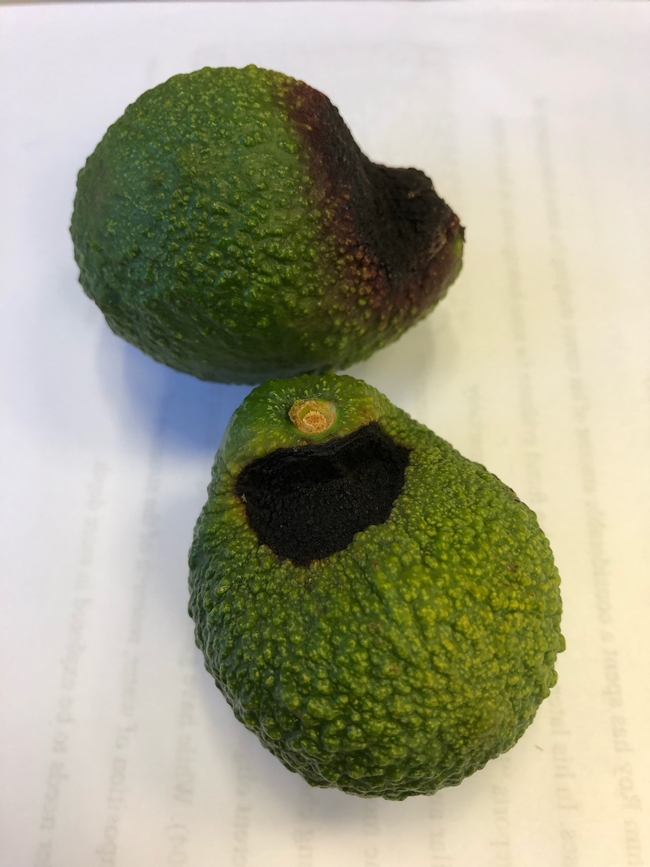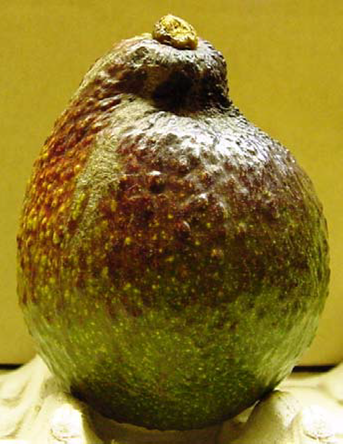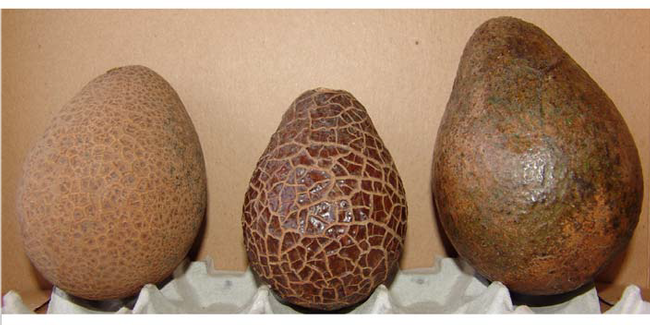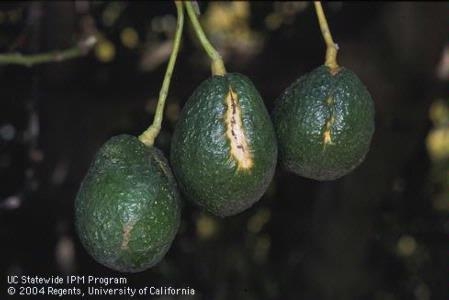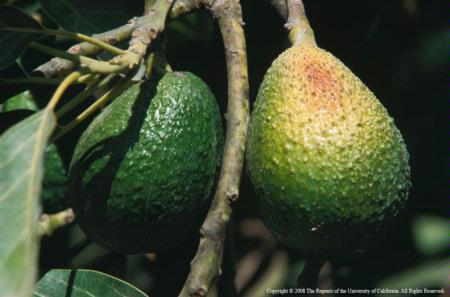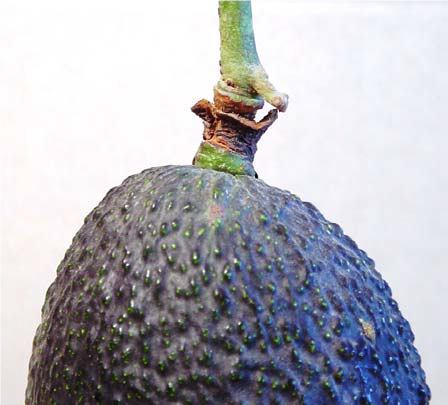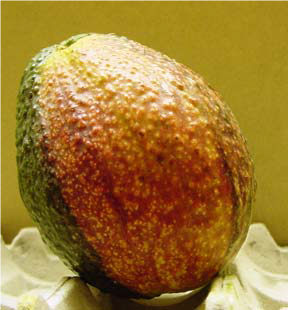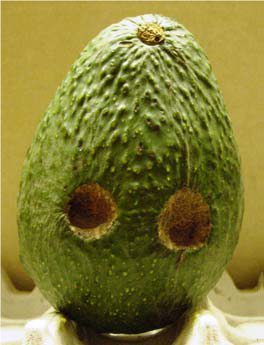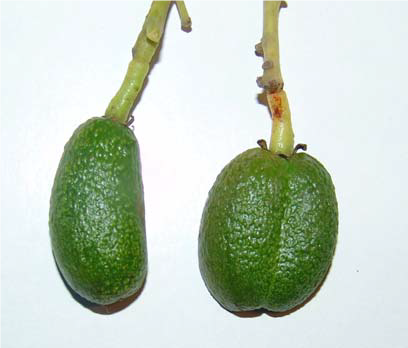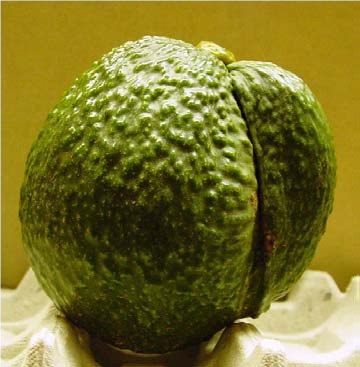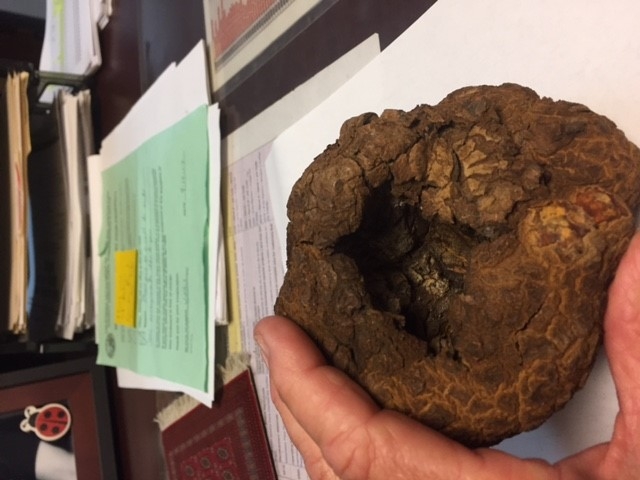
Posts Tagged: healthy
4-H Distance Learning Resources Available, Hedgerows for Healthy Soil and More
Online Educational Resources
Since we're all learning and working from home, our education team has created a virtual learning page packed with wonderful resources about agriculture. You can enjoy these lessons and stories from your computer, tablet or phone. Check back often, as we're adding content.
The Buzz About Hedgerows
Hedgerows are an approved practice under California Department of Agriculture's Healthy Soils Grant Program. That means, growers are eligible to receive grant funding for planting hedgerows. But what exactly are the benefits of hedgerows and why are they worth planting? As a perennial planting it can have immediate impacts on the soil, but what else? The answer lies largely in the pollinators and beneficial insects they attract.
Read the latest from our #climatesmart #ag community education specialist Alli Fish.
Resources You Can Use
University of California researchers and program staff are working to answer questions and provide information and resources relating to the food system and COVID-19. Check out this post, which contains resources about food and farm safety, gardening and more.
UC ANR Expands the Role & Reach of its Sustainable Ag Program
University of California vice president for agriculture and natural resources Glenda Humiston has announced changes to UC ANR's Sustainable Agriculture Research and Education Program (SAREP).
"Since 1986, SAREP has supported scientific research and education to advance agricultural and food systems that are economically viable, sustain beneficial ecosystem services, and enhance the quality of life in local communities. Moving forward, California farms and food systems face an ever-larger set of challenges: shifting consumer demands,invasive pests, climate change, additional regulations, lack of access to labor, and more. The need for new technologies, better systems and effective problem-solving is greater than ever.
“UC ANR envisions positioning SAREP to serve as a much broader umbrella of sustainability, addressing all aspects of the triple-bottom-line: people, planet and prosperity,” Humiston said. “To accomplish this, SAREP will provide leadership and support to several promising initiatives and will facilitate our ability to capture synergies among them. Those include agritourism, ecosystem services, regional food systems, community and economic development and more.”
The full announcement is available here.
Are You Following Us on Social Media?
We'd love to see you on Facebook and Instagram. Follow us for news and information you can use.
Have a great week!
Soil Health Symposium
Ventura County Research Symposium
Sustainability Through Soil Health
February 27, 2020
Please join us for a morning of research updates and
speakers highlighting industry trends including:
- Soil Health Assessment and Management:
- Lessons from the Arid and Semiarid Southwest
- Dr. John Idowu, Extension Agronomist & Associate Professor at New Mexico State University
- Messages from Soil Health Research
- in San Joaquin Valley
- Dr. Jeffrey P. Mitchell, CE Cropping Systems Specialist at Kearney Agricultural Research & Extension Center
Crowne Plaza Hotel 450 E Harbor Blvd Ventura, CA 93001

citrus cover crop
These things pop up in the avocado orchard
Boom, just when you think everything is going fine, you run across a reminder that there are little things going on in the orchard that are out of our control. In Goleta, I just ran across these crick-side, crook neck fruit that are a reminder that we just had about 3 weeks of foggy weather (in the fall, when it's supposed to be in the spring) and then a week of hot weather which is just the condition to create this calcium imbalance and distorted fruit. It's no big big deal, unless it was all over tree. Just more of an oddity. Harvest time is past this year so didnt expect to see it on this new fruit.
At avocado harvest time, growers are in the orchard checking things out a little more closely and to see what is going into the bins…..and they see some unusual shaped fruit. Here's what's been popping up and some possible explanations.
Crick-side - First described by Dr. J. Eliot Coit as kink-neck and later by Horne (1931) as kink-side. Finally, the name crick-side (Horne, 1934) was adopted. It is characterized by a definite depression on one side between the stem end and the larger portion of the fruit causing a distortion. In some cases, the area of depression turns black and the fruit drops. In other cases, the fruit grows and matures but the distortion remains. Crick-side is usually found on trees carrying a heavy load of fruit. It has been suggested that high temperatures or temporary water-stress may relate to the occurrence of crick-side, but no definite determination as to its cause has been made.
Carapace Spot - First described by Horne (1929), the name carapace-spot was chosen because of the resemblance to a turtles' back. This external blemish is corky and usually cracked into somewhat regular, angular divisions. The flesh under the carapace spot is undamaged, but exterior appearance is such that the fruit is reduced in grade. Slight rubbing or brushing of tender young fruit on leaves or stems appears to cause this corky growth to start. Fruit on trees exposed to strong winds are more apt to develop the trouble. Windbreaks should reduce injury in windy areas.
Photo: Avocado thrips damage, carapace damage and greenhouse thrips damage.
Sunblotch - This is a viroid that can affect fruit, leaves, and stems with a yellow or reddish streaking, cause a compacted growth and willowy growth habit. The streaking in the fruit is usually depressed and doesn't extend the length of the body.
Sunburn - Fruit exposed to full sun may be injured by sunburn. This occurs when trees defoliate, or partially defoliate, from any of several causes, leaving the fruit exposed. It is normally most severe on fruit on the south and southwest portion of the tree. Sunburn shows as a pale yellowish area on the exposed side of the fruit. Often the center of this area turns brown to black and may wither.
Ring Neck - This trouble has been observed occasionally, particularly with Hass. The cause is unknown but is believed to be related to soil-plant water deficiency at a critical time. A ring of tissue on the pedicel just above the attachment to the fruit dies, turns black and peels off. If only superficial, the fruit remains on the tree. Growth may be retarded because the restriction impedes movement of nutrients and water outward to the fruit. Most severe in humid coastal areas.
Embossment - Occasionally, and particularly on Fuertes, a section of the surface will be raised slightly or be a darker or lighter color. This is referred to as a sectional chimera or genetic mutation.
Healed over damage - if fruit has mild damage that allows it to heal over (remember avocado fruit expand by cell multiplication not enlargement), then a scar is left, such as this likely amorbia feeding
Cuke - As in cucumber but not a squash. These are seedless fruit that can most often be seen from a fruit set in cooler weather or due to some hormonal stimulus. We don't know the reason, but seems to occur more commonly along the coast.
Double Fruit - In some instances there may be a normal shaped fruit with a single cuke attached ot in some cases there is a double ovary and two fruit are attached.
Woody Avocados - For some unknown reason, avocado fruit will form into a grotesque woody structure hardly resembling an avocado. The cause is genetic and non-transmissible.
Sources: R.G. Platt - California Avocado Society Yearbook 1972-73 and Reuben Hofshi and M.L. Arpaia Yearbook 2002.
Healthy Soils and Water Efficiency Grant Programs
The California Department of Food & Agriculture (CDFA) is NOW accepting
applications for the HEALTHY SOILS PROGRAM!
This program provides cost-share to farmers and ranchers to implement soil health practices, including compost application, cover cropping, prescribed grazing, and much, much more!
The Ventura County Resource Conservation District will be hosting application assistance workshops to help :
Ranchers, vineyards, orchards, row crops, and mixed operations are all eligible
The max grant amount is $75,000
Applications due March 8th
Friday, January 18th 2:30 - 3:30PM
Active Adult & Community Center, 533 Santa Clara St., Fillmore, CA 93015
Tuesday, January 22nd 2:30 - 3:30PM
Help of Ojai, 111 W Santa Ana St., Ojai, CA 93023
Thursday, January 24th 2:30 - 3:30PM
Ventura County RCD Office, 3380 Somis Road, Somis, CA 93066
Monday, January 28th 2:30 - 3:30PM
Oxnard Public Library, Meeting Room B, 251 South A St, Oxnard, CA 93030
Workshops are FREE to attend, but we ask that you RSVP.
PLEASE contact Lexi Ballinger at
(805) 764-5135 or lexi.vcrcd@gmail.com to do so.
AND Also Take the Opportunity for:
The California Department of Food & Agriculture (CDFA)
STATE WATER EFFICIENCY ENHANCEMENT PROGRAM (SWEEP) Application Period is NOW OPEN!
SWEEP reimburses agricultural operations for projects that reduce BOTH greenhouse gas emissions and water use. Projects can include new pumps, irrigation system upgrades, soil sensors, valves, timers, and much more!
Ranches, vineyards, orchards, row crops, and potted plant operations are eligible to apply
Reimbursement max is $100,000
Applications due March 8th 2019
The Ventura County Resource Conservation District is hosting FREE SWEEP program workshops and FREE individual application assistance:
Friday, January 18th 3:30 - 4:30PM
Active Adult & Community Center, 533 Santa Clara St., Fillmore, CA 93015
Tuesday, January 22nd 3:30 - 4:30PM
Help of Ojai, 111 W Santa Ana St., Ojai, CA 93023
Thursday, January 24th 3:30 - 4:30PM
Ventura County RCD Office, 3380 Somis Road, Somis, CA 93066
Monday, January 28th 3:30 - 4:30PM
Oxnard Public Library, Meeting Room B, 251 South A St, Oxnard, CA 93030
Workshops are FREE to attend, but please RSVP.
To RSVP contact
Jamie Whiteford at
(805) 764-5132
- or -
jamiewhiteford.vcrcd@gmail.com.

HSP logo
Farm and Ranch Funding for Healthy Soils and Water Management
- Interested in increasing water productivity while saving money on water and energy bills?
- Considering cover crops, composting or planting a hedgerow?
- Would you like to convert from flush to scrape at your dairy/livestock operation?
Applications are now open for three grant opportunities through the California Department of Food & Agriculture (CDFA). Funding is available to farms and ranches for a variety of practices that can cut on-farm water and energy use, build soil fertility and reduce dairy methane and other greenhouse gas emissions, while providing economic benefit to the operations and enhancing community and environmental health.
Below are some examples of eligible projects for each program. To delve into the specifics of each program and how to apply, please see the CDFA website links to each program below.
State Water Efficiency & Enhancement Program (SWEEP)
Share the SWEEP application flyer!
- Applications due March 8, 2019
- Incentives grants for up to $100,000 available
- $9.5 million total available
Improve irrigation efficiency and reduce water and energy costs through projects like:
- Installation of solar panels for irrigation systems
- Micro-irrigation and drip systems
- Soil moisture monitoring, weather station, and telemetry equipment for irrigation scheduling
- Pump retrofits
- Low-pressure systems
- Variable frequency drives
Healthy Soils Initiative: Incentives Program & Demonstration Program
Share the Healthy Soils Program application flyer!
- Applications due March 8, 2019
- Incentives grants for up to $75,000
- Demonstration grants for up to $250,000 (must implement new practice(s) and do farmer-to-farmer outreach and field days)
- $15 million total available
Adopt/expand the use of 25+ eligible soil health practices. A few examples:
- Cover crop
- Compost
- Hedgerows, wind breaks, riparian plantings
- Prescribed grazing on pasture
- No-till or reduced till
- Mulching
- Silvopasture
- Crop rotations
Alternative Manure Management Program (AMMP)
Share the AMMP application flyer!
- Applications due April 3, 2019
- Up to $750,000 for individual dairy/livestock operations
- Demonstration grants available (must do farmer-to-farmer outreach and field days)
- $19 – 33 million total available
Manage dairy/livestock manure in ways that can reduce water use and methane emissions, through projects like:
- Conversion from flush to scrape and/or solid separation of manure solids with alternative manure handling (e.g. daily spread, solar drying, composting, etc.)
- Compost bedded pack barns
- Pasture based practices, including conversion to pasture and increased time animals spend on pasture.
More Information & How To Apply
Matching grants from programs like USDA's NRCS EQIP are encouraged for AMMP and the Healthy Soils Program, but not required (EQIP match not permitted for SWEEP).
Some funding will be prioritized for awards to socially disadvantaged farmers and ranchers, consistent with the Farmer Equity Act (AB 1348). CDFA will also give special consideration to projects located within or that show demonstrated benefits to severely disadvantaged communities (you can use this site to find out if you are located in such a community).
Go to CDFA's websites, linked above, for more detailed information and access to the applications.

irrigATING CITRUS

